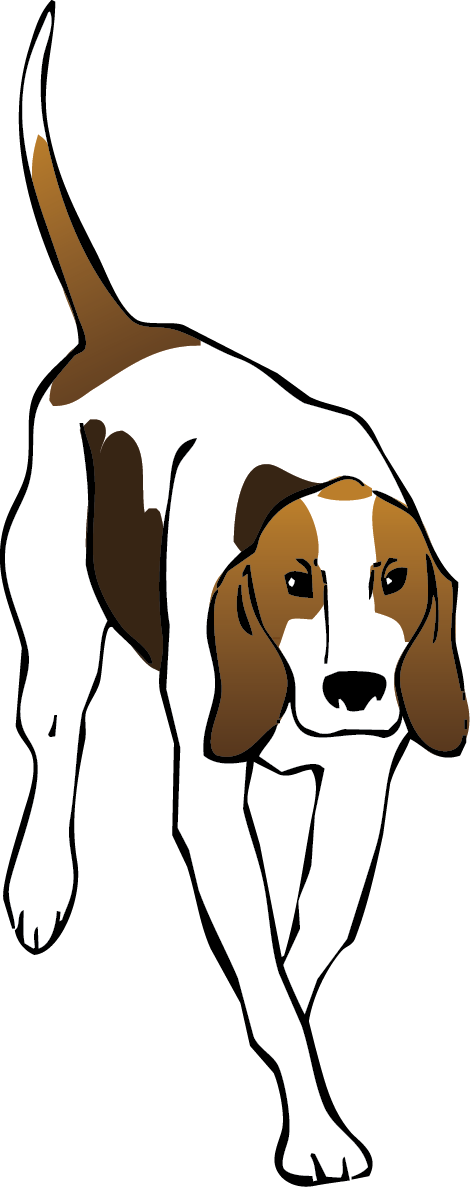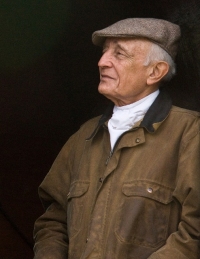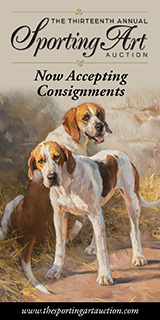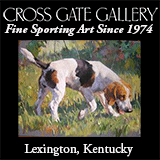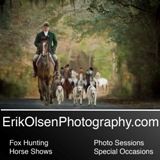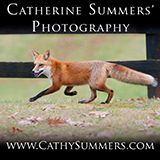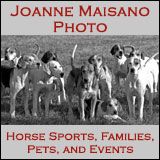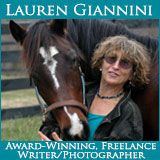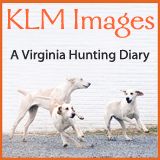horse transport
USDA Introduces Animal Traceability Program
The U.S. Department of Agriculture (USDA) has instituted a new program—Animal Disease Traceability Program (ADTP)—to allow livestock (including horses) to be traced in the event of a disease outbreak. ADTP will apply to all interstate transport. How this traceability program will impact the Equine Interstate Event Permit (EIEP) program devised by states in the Southeast to ease the flow of interstate horse traffic is not addressed. The USDA traceability program requires horses to have an Interstate Certificate of Veterinary Inspection (ICVI) or other document acceptable to the states involved, but doesn’t specifically address the new EIEP. The ADTP will be administered by the states with federal support. It goes into effect on March 11, 2013, but a transition period is anticipated to allow transporters to get used to the new rules. Posted January 27, 2013
Read More
Southeastern States Facilitate Interstate Horse Transport
A new permit—the Equine Interstate Event Permit (EIEP)—will allow the transport of horses between states in the Southeast for six-month periods. These permits will serve in lieu of the usual Certificate of Veterinary Inspection which is good for only thirty days. Dr. Richard Wilkes, State veterinarian with the Virginia Department of Agriculture and Consumer Services (VDACS) said that a database and record-keeping system has been devised, and that the Commonwealth has a Memorandum of Agreement with fourteen states to allow the permits to be issued. Participating states include: Alabama, Arkansas, Florida, Georgia, Kentucky, Louisiana, Mississippi, North Carolina, Oklahoma, South Carolina, Tennessee, Texas, Virginia and West Virginia. The state of New York also announced recently that it will also accept the six-month permit. The EIEP may be obtained form an accredited veterinarian. Applicants must fill out an application, present a health certificate for the horse, a negative Coggins test, and either microchip ID or three-view digital photographs of the horse. Owners will also need to demonstrate their ability to perform a simple physical exam and the ability to take the horse’s temperature. This data is to be recorded on the horse’s travel document with each interstate movement. Click for more detailed information from the VDACS or call 804-786-2483. Posted January 27, 2013
Read More
The Road Warriors: Day Twelve
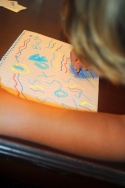
John makes a sign for the truck window: East Coast or Bust
Photojournalist Betsy Parker, her friend Beth Rera, and Beth’s seven-year-old son John embarked some days ago on a cross-country horse-hauling odyssey—Virginia to California—to include a West Coast summer vacation tour. Since Betsy can be counted on for compelling copy and excellent photography, FHL decided to go along for the ride. Betsy’s earlier reports may be found under the Horse and Hound drop-down menu/Travel.
Beth was the one who first noticed.
Since Utah on the way out, we’ve been in high desert sierra or rocky mountain morraine. It is beautiful out west, but verdant and lush it isn’t.
Yesterday we stopped over at a horse hotel just west of Albuquerque, New Mexico. We’ve grown accustomed to the western horse-keeping style: outdoor covered stall attached to a twelve-by-twelve-square-foot paddock. And that’s all. No communal pastures, not a blade of grass, no group turnout. It’s not wrong or bad, just different.
The Road Warriors: Days Eight, Nine and Ten
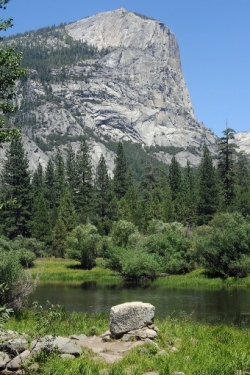
Glacier Point, nearly 7,500 feet, rises from the 4,000-foot valley floor. The trail, long and arduous, snakes along its face, but the view from the top is grand.
Photojournalist Betsy Parker, her friend Beth Rera, and Beth’s seven-year-old son John embarked some days ago on a cross-country horse-hauling odyssey—Virginia to California—to include a West Coast summer vacation tour. Since Betsy can be counted on for compelling copy and excellent photography, FHL went along for the ride. Betsy’s earlier reports may be found under the Horse and Hound drop-down menu/Travel.
I will compress the last three-and-a-half days of epic tourism into tidy note form. Any of these subjects is deserving of its own report, if not chapter, and in some cases a volume, but I’ll keep to the strictest of pyramid-style reporting.
Left Merced hotel midmorning Tuesday to get to Crane Flat in Yosemite—the only walk-in campground within the Yosemite National Park with any chance of getting a site without twelve-month advance reservations. Pretty drive in, through California farmland. We left the valley about forty miles out from the park and began rising steadily, through changing elevation/topography/flora and, I’m sure, fauna. It got downright breathtaking, with valley views and granite outcroppings after we entered the park proper (Yosemite National Park is surrounded by a million acres of National Forest.)
The Road Warriors: Day Seven

John and Beth at the south edge of the 270-degree views from Nepenthe
They told me it was worth it. To go to the hassle of dropping my trailer in L.A. To go to the trouble of wiggling east, then back west to find Highway 1. To suck up a whole tank of fuel just for a hundred miles of roadway.
And they were right.
The legendary Pacific Coast Highway earned top marks from our intrepid traveling band for beauty, raw power, force of nature, and inspiration, and not necessarily in that order. I read somewhere that lots of people fly into San Francisco, rent a convertible, and drive the route north to south (the preferred direction). I agree. This was fun enough in a diesel truck, but how much more so in, oh, say, a ’97 Esprit Turbo. Highway 1 is built for sin.
The Road Warriors: Day Four

There are "tonnes of olde towne" aspects to Solvang (much like Middleburg or Clifton), including this pair of Belgians pulling an old-fashioned bus.
There was no dawn today. I woke up with the first tinges of gray to the night sky (4:20 a.m., just like at home), but there was no sun to herald night turning to day. Beth and I figured, separately, that it was going to be a dreary, cool and cloudy day. Greg said something about the marine layer and how it burns off at 10 a.m, on the dot. I ignored him and pulled on a fleece sweatshirt I’d borrowed.
Sure enough, though, by 10 a.m. the sun was blazing, and the weather had turned to that famously California weather: clear, cool-yet-warm, dry (no humidity at all), and light breezes. The trees/flowers/shrubs here are used to persistent drought, so you don’t get the feeling that plants are thirsty as much as you get a feeling that they’re tough.
The Road Warriors: Day Three
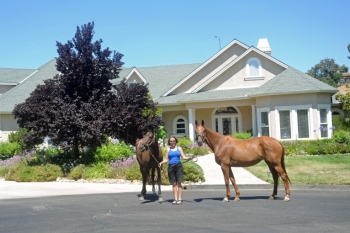
Ali and Kit (with Betsy) pose in front of Greg Steele's house upon arrival in sunny California.
We had a fun afternoon Wednesday at Alison and Bruce's in Colorado. We took Alison to late lunch at the toney Wisdom Tea House in Monument. She brought us up to date on the Fort Carson Hounds (they're getting some more hounds from the Arapahoe Hunt and are probably going for registered status or farmer pack status with the MFHA) and with her Wuff-It invention (a GPS dog collar that has applications in the hunt field with a virtual fence that can see which hounds are on riot and which ones are out of place when working and running), which is selling well.
We loaded up Wednesday afternoon and got away by 5:30 p.m. (4:30 PCT). We took the I-25 to I-470 (loop road south of Denver) to the I-70 westbound. We could see storm clouds rolling in from the west, but I pressed on, with no idea how it would affect the trip, the mood, and the muses.
The Road Warriors: Day Two
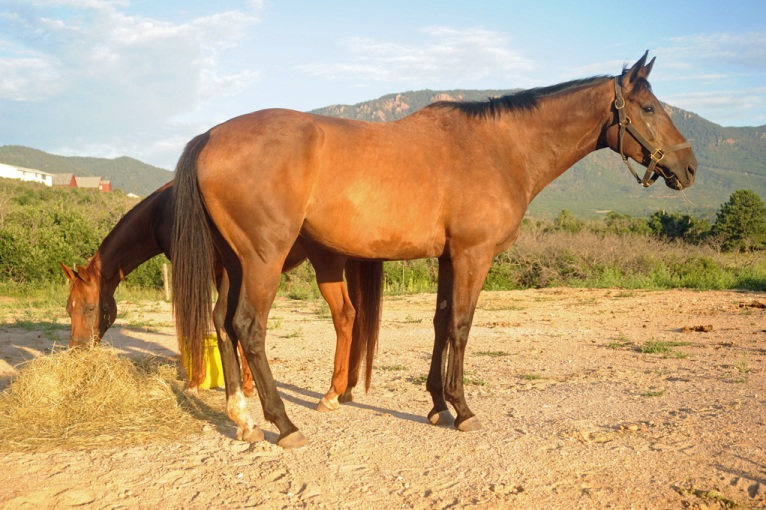
Kit (foreground) and Ali munch hay in the shadow of Mount Herman near Colorado Springs.
After a great day and nice early dinner with Mo and Jeannie Trail in Kansas, we were back on the road at 6:30 p.m., Tuesday evening. Kit and Ali had their dinner on-board (loaded up without complaint) and tucked into their hay as we headed out. They were like travel professionals. We, too. We had it down to a science: packing, loading, stopping every three to four hours for refueling (whether we needed it or not).
At the stops I start fueling, then carry the girls a snack (sloppy wet beet pulp) and refresh their hay and water. Every time I looked in on them they were cool customers, not a hair out of place, happy to eat, drinking well, interested but not loopy.
I'd gotten four brand new tires while in Paola to hopefully prevent more road-heat blowouts. The tire guy said my tires, while in good enough shape for winter hauling (mostly what I do), were not up to the relentless summer trip we embarked upon.
Travels with Betsy
Karen L. Myers Photo Our photojournalist friend Betsy Parker has set out on a cross-country horse-hauling journey with truck, trailer, two horses, her friend Beth, and Beth’s seven-year-old son John. Betsy is also carrying her laptop and camera and sending a daily journal of her experiences—a discourse that flies from her keystrokes tap-tapped in the harsh light of morning or the dead of night, whenever the day’s events are ready to be put to bed. Most foxhunters trailer their horses to hunt meets and competitions without thinking much about it, but hauling cross-country has to be epic. Since Betsy’s writing talent allows her to switch from pure reportage to poetic musing to humor, effortlessly, from paragraph to paragraph, we couldn’t resist taking the journey with her and experiencing vicariously the good, the bad, and the ugly happenings as our intrepid trio meets and deals with them. Here is the second installment. Previous accounts are available for access from the Horse and Hound drop-down menu above. Click on Travel.August 1, 2010
Read More
The Road Warriors
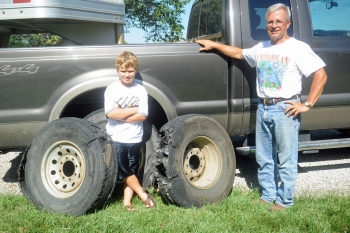
John Rera and Mo Trail, our first stop-over host, pose with the evidence.
The eternal query—where does the rubber meet the road?—was definitively answered at the witching hour last night. It meets the road in Beckley, West Virginia. And in East St. Louis. Let me explain.
We've embarked on the quintessential road-trip, my friend Beth Rera, her young son John, and I. We’re traversing the nation, literally, from coast to coast over an eighteen-day period.
I'd been charged with delivering some horses from the East Coast to the Santa Barbara area of California. I also picked up a job to ship some furniture from Middleburg to its owner in Albuquerque, and some stuff' for the return trip back east. It's sort of the tale that creates road legend, this nearly 6,000-mile journey crossing the spine of the U.S.
We're stopping along the route westbound with friends (I-70 route, primarily) and eastbound at several commercial horse hotels (I-40 route.) It is a three- to four-day journey no matter what, each way, with forty-five-plus hours of driving in each direction. I like to think of it as a twenty-first century variation on Steinbeck's Travels With Charlie. Beth likens it to a version of Thelma and Louise minus the man-hating aspect. John considers it the opportunity of his seven-year life: the ultimate show-and-tell for the first-day of school next month.
